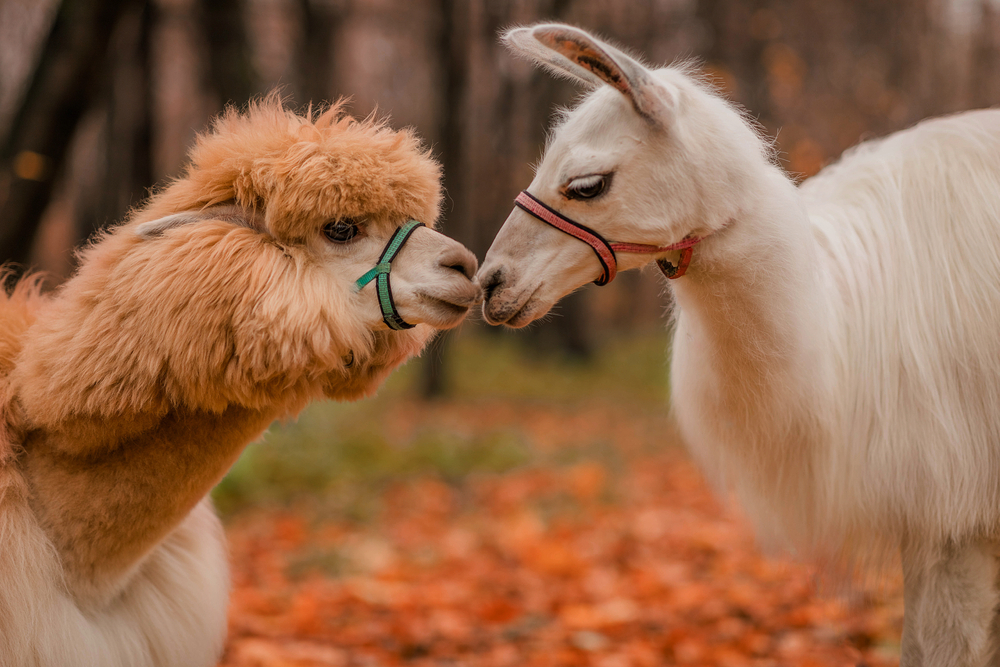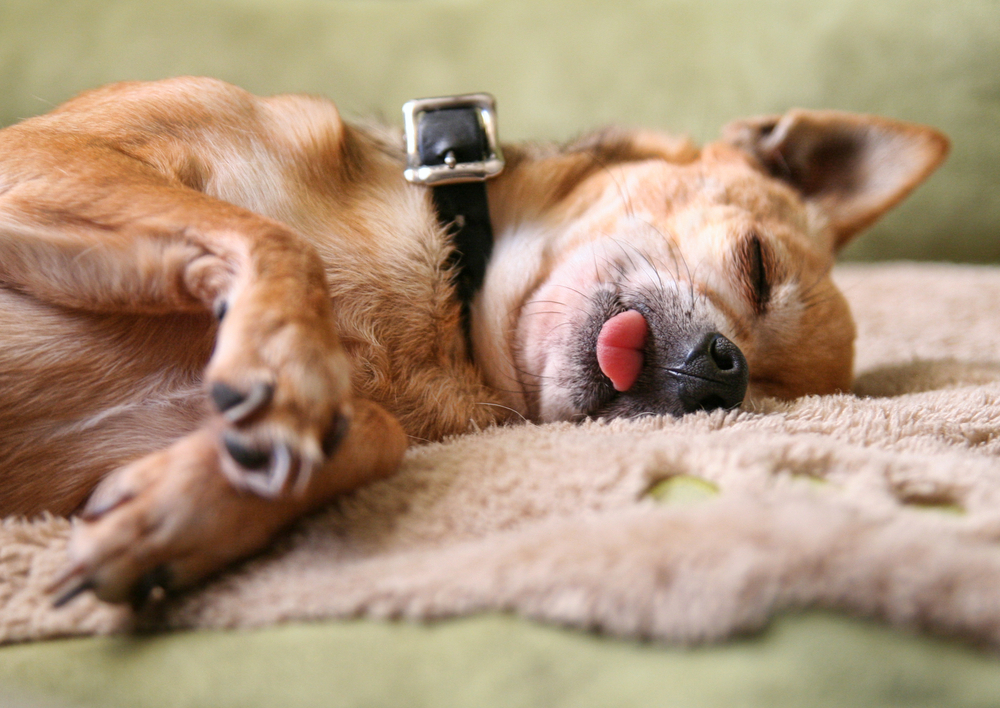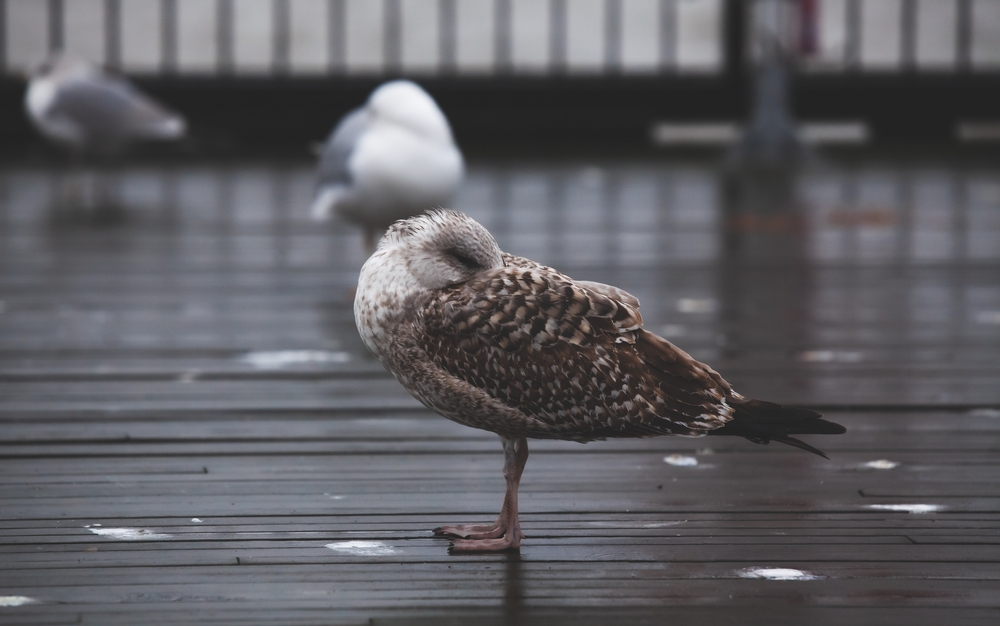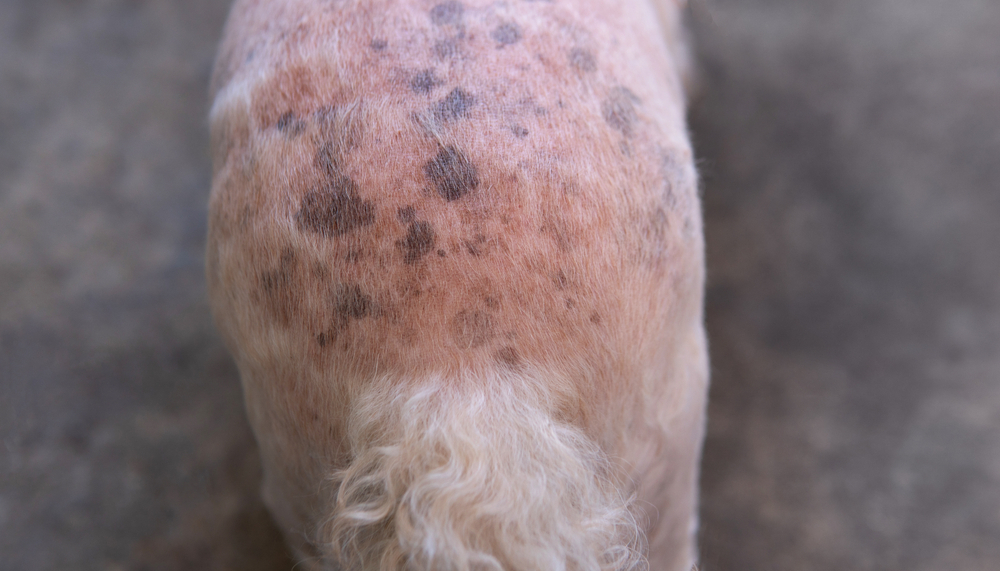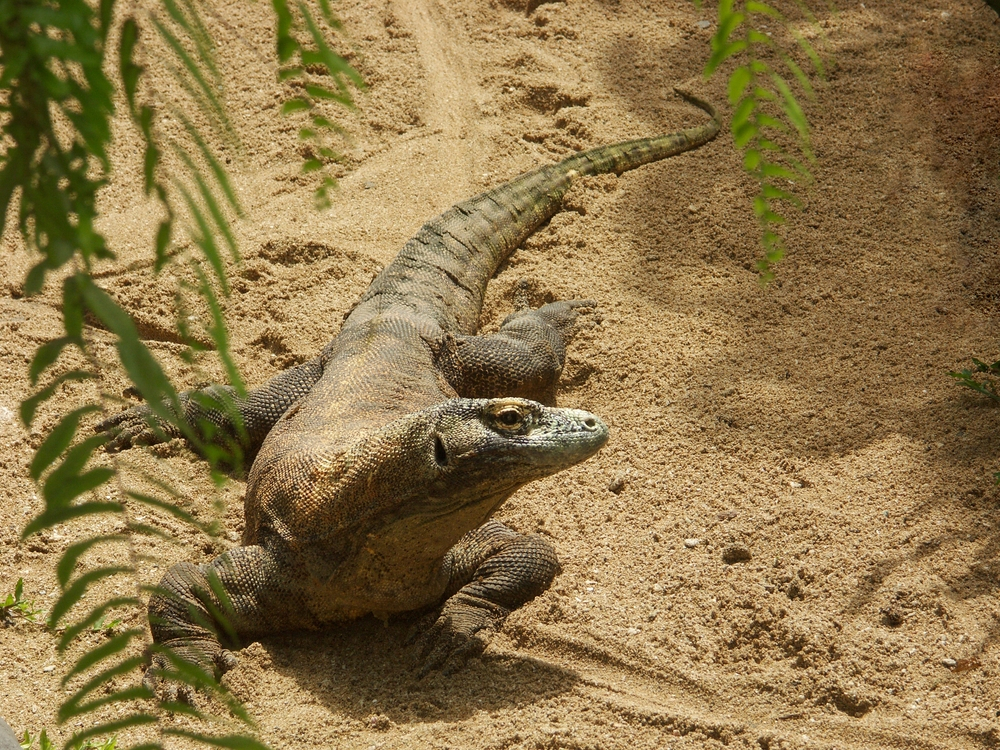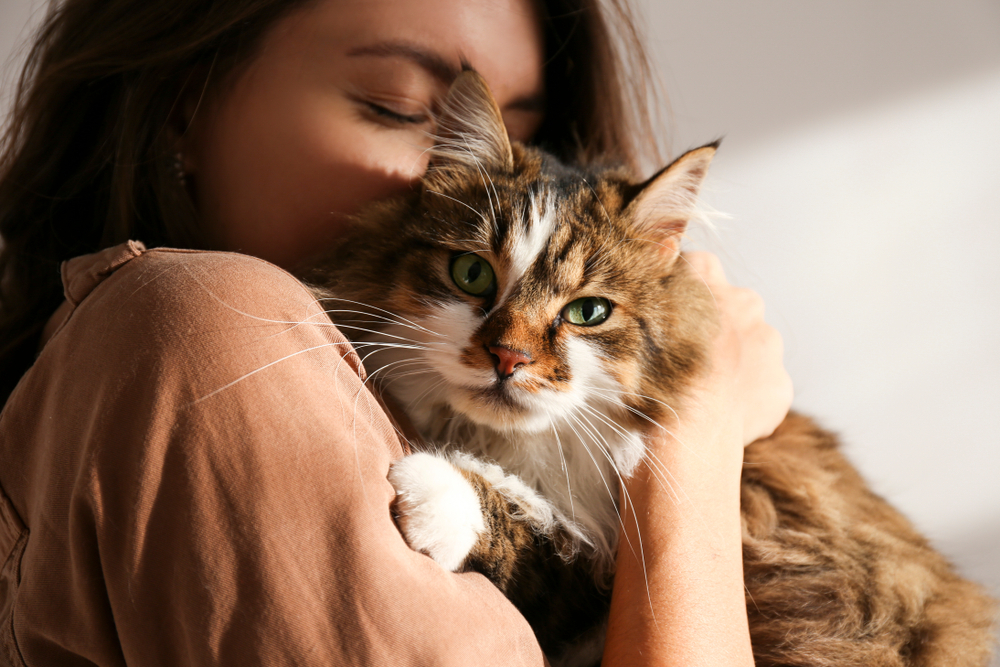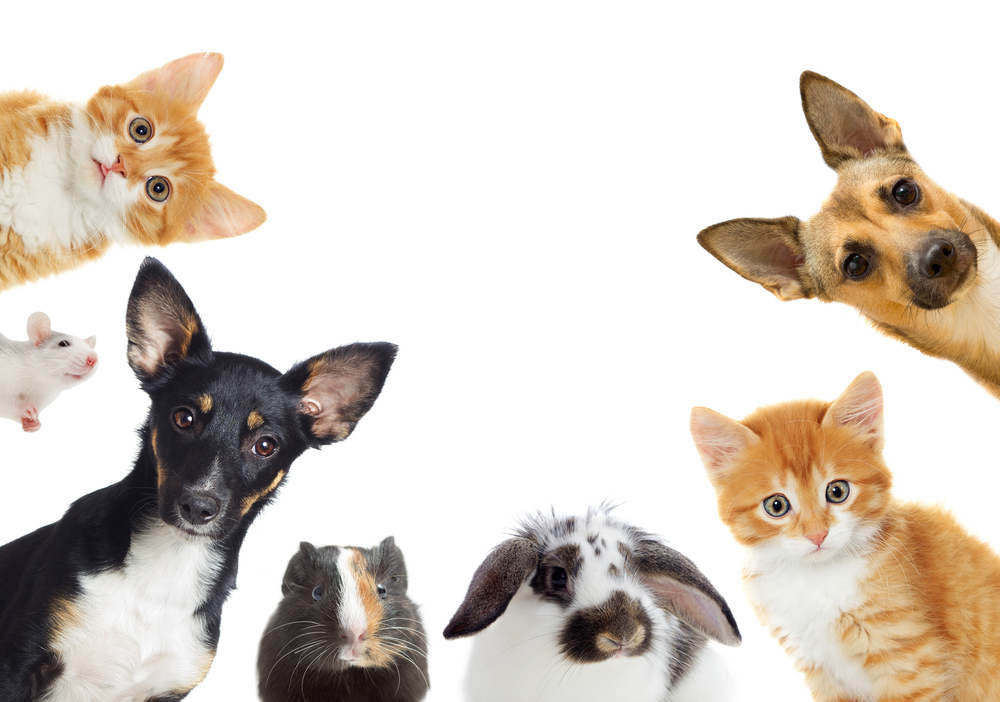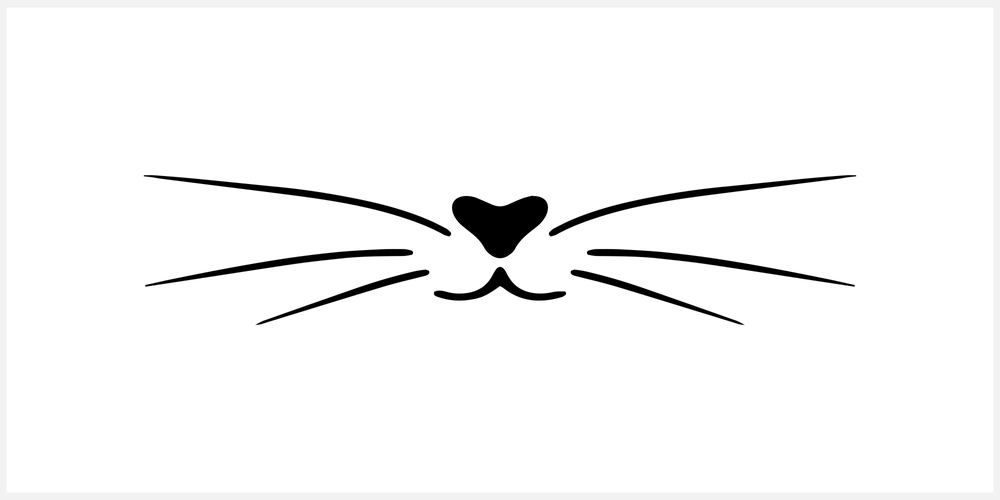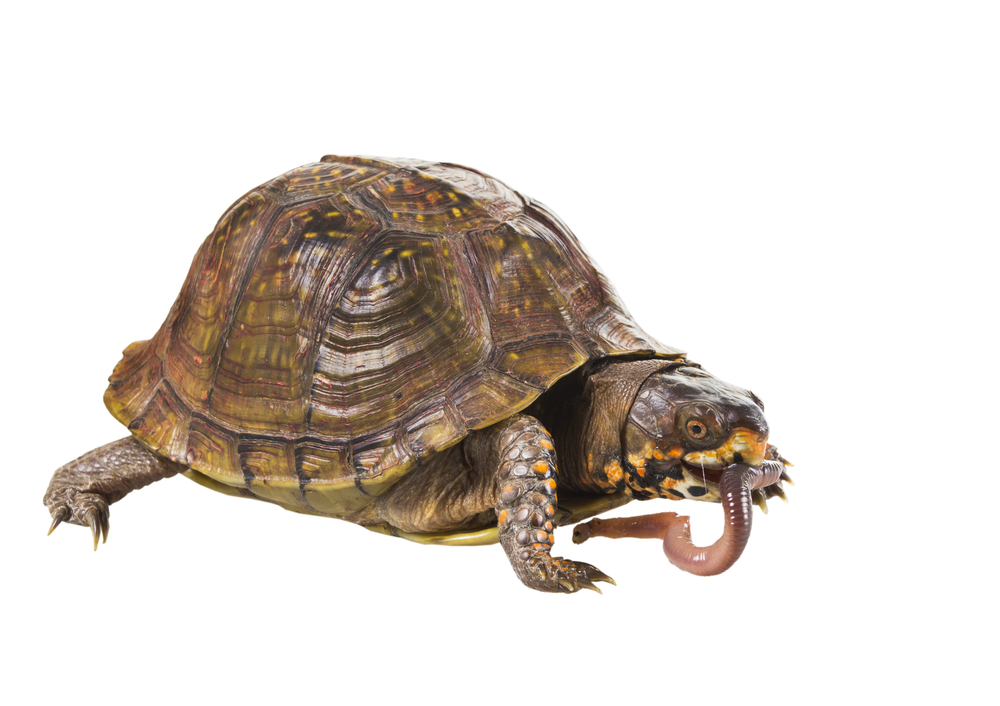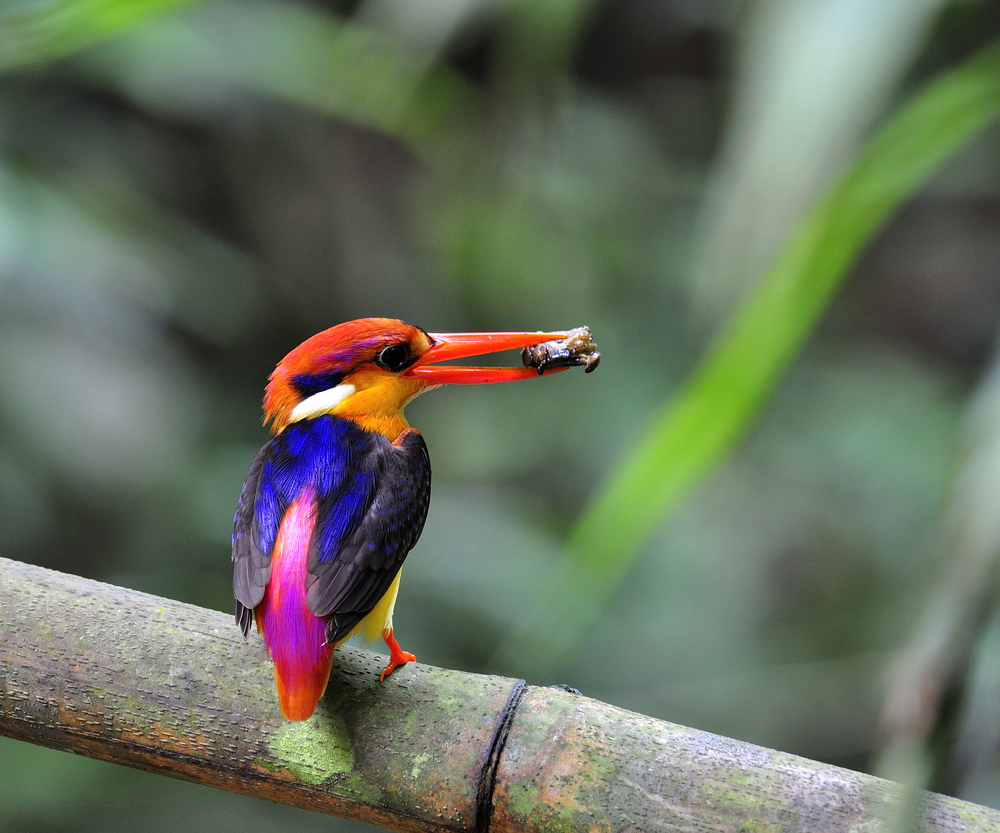11 Worst Bad Sounding Creatures: Exploring the Noises of the Animals
By  Maria Fernandes |
Last updated: Apr 25 2023
Maria Fernandes |
Last updated: Apr 25 2023
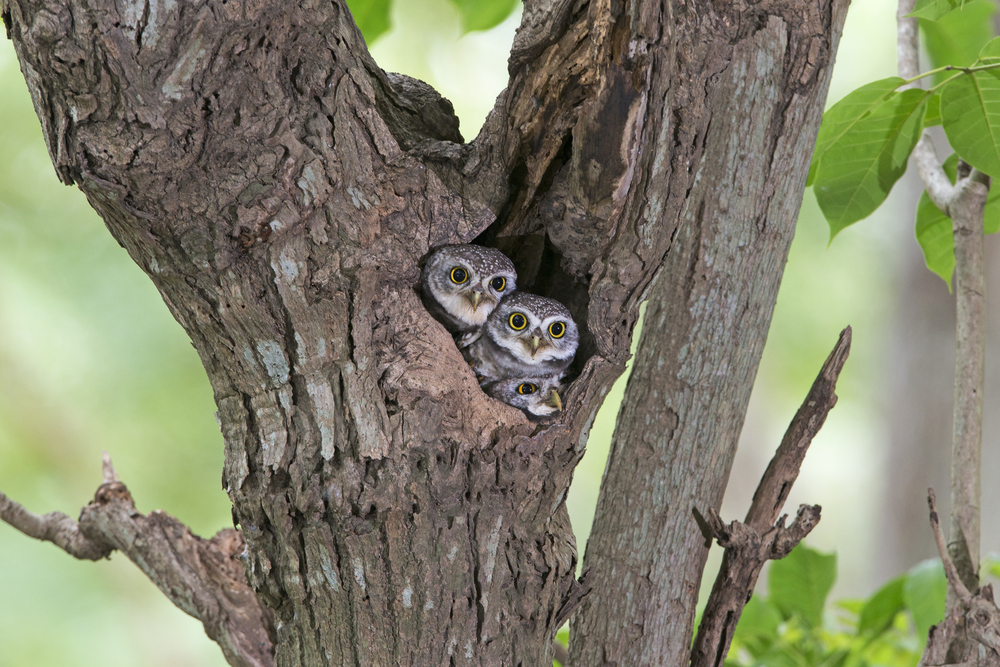
The animal kingdom is a symphony of sounds, filled with a cacophony of calls, songs, and cries that never fail to capture our fascination. Among this vast array of noises, there are a select few that strike a dissonant chord in our ears, sending shivers down our spines or causing us to feel a sense of unease. In this blog article, we’ll delve into the eeriest noises of the animal kingdom and introduce you to the Worst 11 bad sounding creatures.
As we embark on this auditory journey, it’s important to remember that sound plays a crucial role in the lives of animals. Whether it’s a melodic bird song or a blood-curdling scream, these noises serve essential purposes such as communication, mating, or marking territory. While some sounds may seem eerie or unpleasant to us, they are integral to the survival and success of these creatures in their natural habitats.
Related Article: Animals That Use Ultrasound and Infrasound- List Of Top 27 Animals
Criteria for Ranking the 11 Worst Bad Sounding Creatures
In compiling our list of the 11 worst bad sounding creatures, we considered three main factors:
1. Sound quality and impact:
The sounds these creatures produce are striking in their intensity or eeriness and have a lasting impact on listeners.
2. Uniqueness of the sound:
The sounds are distinct and unique, setting these creatures apart from their fellow animals.
3. Cultural significance and perceptions:
These sounds have garnered attention and interest due to their unsettling or mysterious qualities, and in some cases, have inspired folklore or legends.
Without further ado, let's meet the top 11 bad sounding creatures that will send shivers down your spine!
1Barn Owl Sound
The Barn Owl (Tyto alba) is a nocturnal bird of prey found across the globe, excluding the polar and desert regions. With a heart-shaped face, ghostly white plumage, and large, dark eyes, the barn owl is an iconic and enigmatic species.
What makes the barn owl a top contender on our list is its spine-tingling, blood-curdling screech. Often described as a banshee-like wail or a child's scream, these eerie vocalizations can be heard echoing through the night as the owls communicate with each other or defend their territory.
While their screams may sound unnerving to us, they serve important functions for barn owls, including locating mates and deterring intruders from their nesting sites.
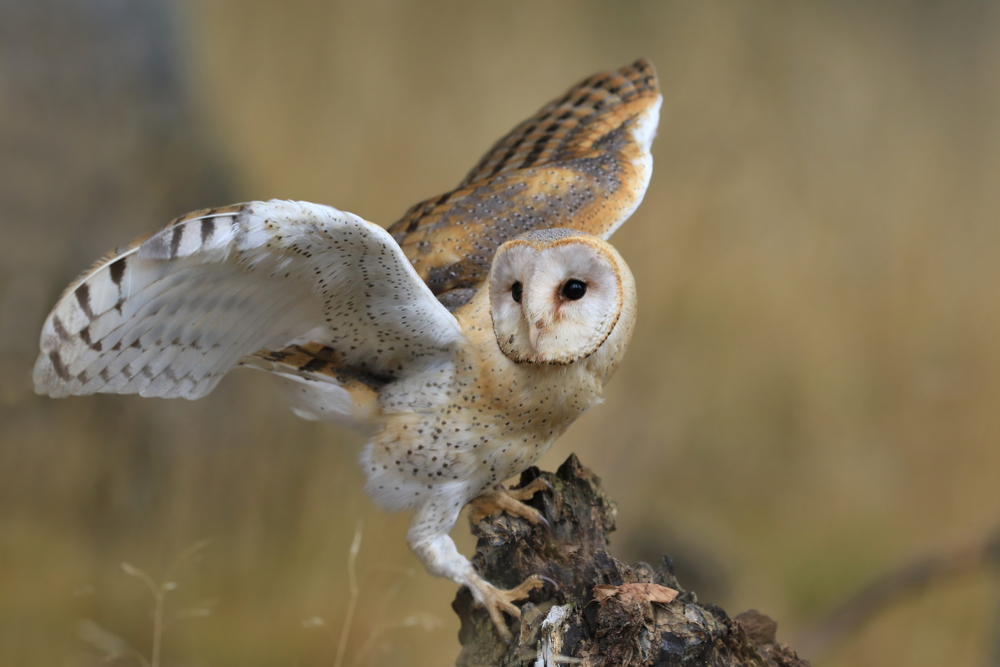
2Howler Monkey Sound
Howler monkeys are the largest New World monkeys found throughout Central and South America. Known for their prehensile tails and striking features, these monkeys are an emblematic symbol of the tropical rainforests they inhabit.
Living up to their name, howler monkeys are renowned for their guttural, haunting howls that can be heard from miles away. Their vocalizations are reminiscent of strong gusts of wind or distant thunder, and they are among the loudest calls of any land animal.
The howls produced by these monkeys serve essential purposes such as defining territory, warning off rivals, and communicating with others in their troop.

3Common Loon Sound
The Common Loon (Gavia immer) is a large, diving bird found in freshwater lakes and ponds across North America. Known for its striking black and white plumage and piercing red eyes, the common loon is an emblematic species of the North American wilderness.
Loons are famous for their haunting, otherworldly vocalizations, which include eerie wails, yodels, and tremolos. These sounds are reminiscent of mournful cries or ghostly echoes, and they carry far across the still waters of their habitats, adding a sense of mystery and solitude to the wilderness.
While these chilling calls may unsettle human listeners, they play a crucial role in the lives of common loons. These vocalizations are used to establish territory, warn of potential threats, and maintain contact between mates and family members.

4Tasmanian Devil Sound
The Tasmanian Devil (Sarcophilus harrisii) is a carnivorous marsupial native to the island of Tasmania, located off the southern coast of Australia. Known for its muscular build, powerful jaws, and the characteristic black fur with white markings, the Tasmanian devil has become a symbol of its native land.
Don't let their small size fool you—Tasmanian devils can produce blood-curdling, high-pitched screams that can be quite unsettling. These vocalizations are often heard during their feeding frenzies, when multiple devils gather to feast on a carcass.
The sounds produced by Tasmanian devils play a key role in their social interactions, as they communicate their dominance and assert their claim to food. Additionally, these vocalizations can help them deter potential rivals and predators.
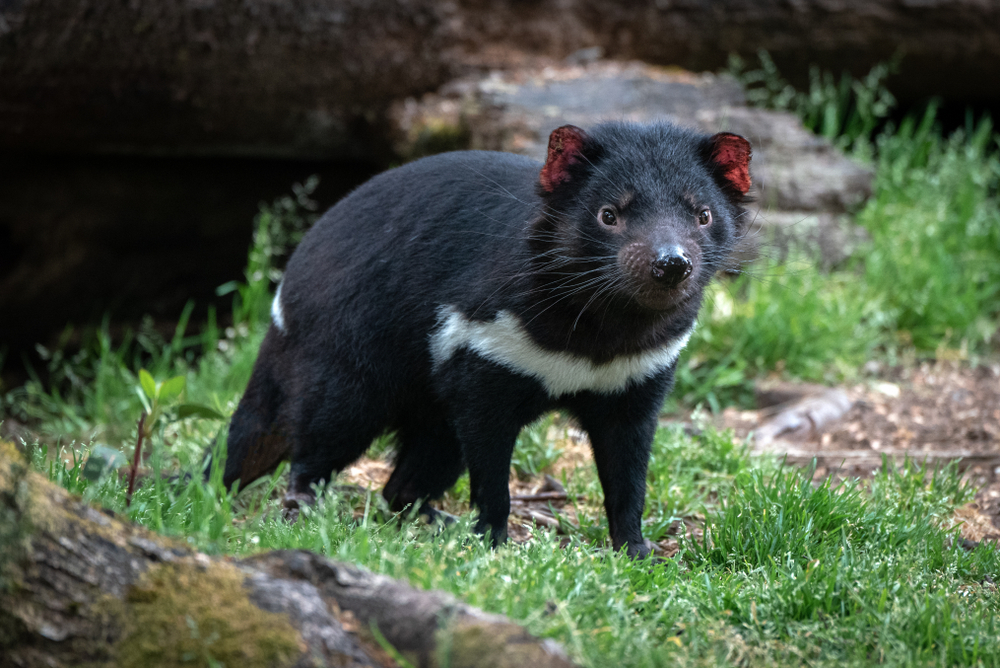
5Tokay Gecko Sound
The Tokay Gecko (Gekko gecko) is a large, brightly colored gecko found throughout Southeast Asia and the Indo-Pacific region. These nocturnal reptiles are known for their vibrant blue and orange coloration and their exceptional climbing abilities.
Tokay geckos are famous for their distinctive, loud calls, which sound like "TO-kay! TO-kay!" These calls are surprisingly loud for a small creature and can be quite jarring to those unfamiliar with the sound.
The calls of the tokay gecko are crucial for attracting mates and establishing territory. Males use their calls to signal their presence to potential mates, while also warning off rival males that may be encroaching on their territory.

6Great Potoo Sound
The Great Potoo (Nyctibius grandis) is a nocturnal bird found in the forests of Central and South America. With their cryptic plumage and large, expressive eyes, great potoos are masters of camouflage, often blending seamlessly with their perches on tree branches.
Great potoos are known for their eerie, low-pitched moans, which can be heard echoing through the forest at night. These ghostly calls are reminiscent of a mournful wail, adding an unsettling atmosphere to their surroundings.
In addition to their visual camouflage, the great potoo's vocalizations help it remain concealed from potential predators. The moans are difficult to pinpoint, which keeps the bird's location a mystery and enhances its chances of survival.
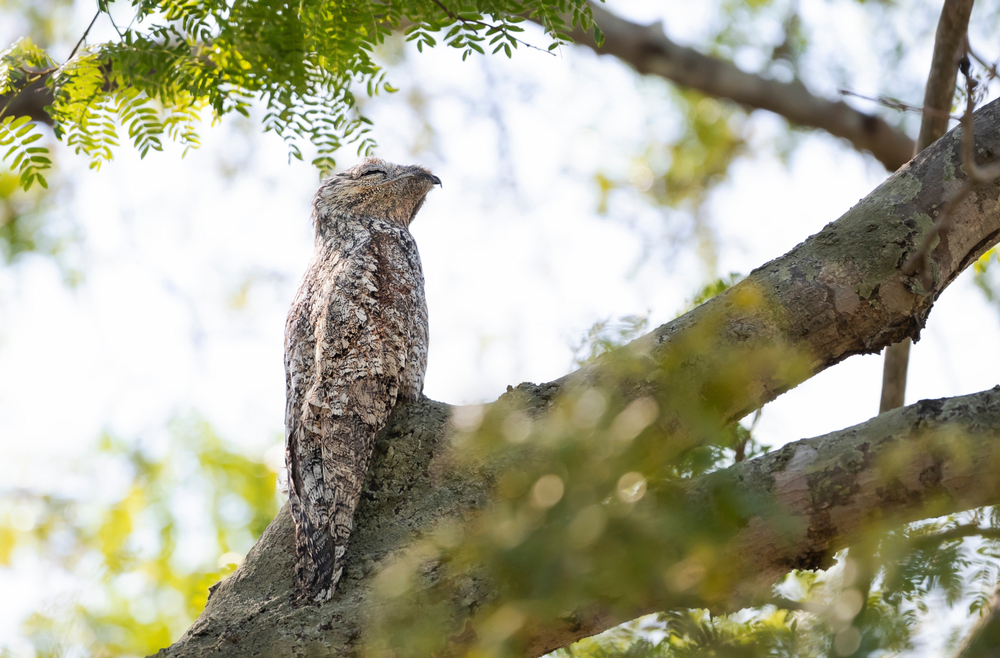
7Death's-head Hawkmoth Sound
The Death's-head Hawkmoth (Acherontia spp.) is a group of large moths found in Europe, Asia, and Africa. These moths are easily recognizable by the striking skull-like pattern on their thorax, which has earned them their ominous name and inspired various legends and superstitions.
When disturbed, death's-head hawkmoths produce high-pitched, squeaky sounds that can be quite unnerving. These sounds are produced by expelling air through their proboscis, creating an eerie, almost mechanical noise.
The squeaking sounds produced by death's-head hawkmoths serve as a defense mechanism to startle or confuse predators. By emitting these unusual sounds, the moths increase their chances of escaping unharmed, ensuring their survival.
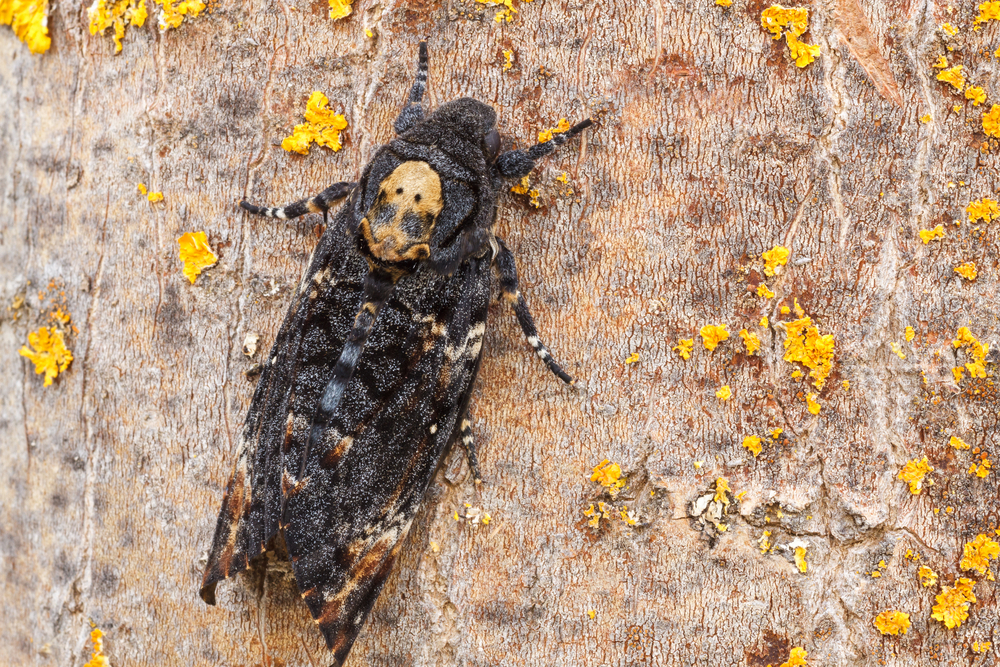
8European Red Fox Sound
The European Red Fox (Vulpes vulpes) is a widely distributed and adaptable species, found throughout Europe, Asia, and parts of North Africa. Known for their intelligence and resourcefulness, red foxes have successfully colonized urban areas, becoming a familiar sight in many cities.
Red foxes are notorious for their chilling, human-like screams, which can be particularly unsettling at night. These high-pitched calls sound like a mix between a scream and a wail, often startling those who hear them for the first time.
The screams of the European red fox are essential for communication between individuals. These vocalizations play a vital role in attracting mates, asserting territory, and alerting others to potential threats.

9Northern Elephant Seal Sound
The Northern Elephant Seal (Mirounga angustirostris) is a large marine mammal found along the Pacific coast of North America. Males of this species are known for their massive size and characteristic proboscis, which resembles an elephant's trunk.
Northern elephant seals produce deep, guttural roars and bellows that can be heard from great distances. These powerful vocalizations are as imposing as the seals themselves, often evoking a sense of awe and unease in those who hear them.
The roars and bellows of the northern elephant seal play a crucial role in establishing dominance among males during the breeding season. Males use their vocalizations to assert their dominance, ward off rivals, and attract females.

10Eastern Screech Owl Sound
The Eastern Screech Owl (Megascops asio) is a small, nocturnal owl found throughout the eastern United States and parts of Canada. This adaptable species can be found in various habitats, including forests, suburbs, and urban parks.
Eastern screech owls produce a variety of eerie vocalizations, including blood-curdling trills and haunting whinnies. These spine-chilling calls are particularly effective at making listeners' hair stand on end.
Like many other owl species, the eastern screech owl relies on its vocalizations for communication and territorial defense. Their calls are crucial for finding mates, warning off intruders, and maintaining contact with family members.

11Walrus Sound
The walrus (Odobenus rosmarus) is a large marine mammal found in the Arctic Ocean and subarctic seas. Known for their impressive tusks and whiskered faces, walruses are a charismatic symbol of the Arctic.
Walruses produce a wide range of vocalizations, including groans, bellows, and even rhythmic knocking sounds. These sounds are often described as eerie and otherworldly, adding to the mystique of these Arctic giants.
Walrus vocalizations play a key role in their social lives, as they communicate with one another during various activities such as feeding, breeding, and resting. These sounds help maintain group cohesion and ensure that individuals can locate each other in their vast Arctic habitats.

Conclusion
As we explored the 11 bad sounding creatures, we discovered that each of their unsettling and mysterious noises serve essential purposes in their lives, whether for communication, mating, or defense. In the process, we've also gained a deeper understanding of the remarkable diversity of sounds in the animal kingdom, and how they have evolved to suit the unique needs of each species.
It's important to remember that our perception of these sounds is subjective, and what we perceive as eerie or unpleasant may simply be a natural part of an animal's survival strategy. By embracing this sense of wonder and curiosity about the natural world, we can foster a greater appreciation for the rich tapestry of sounds that surround us.
Written by
Maria Fernandes
Maria Fernandez is a veteran writer fueled by tea and enjoys spending time with her pets. Maria is Pet Enthusiast and focuses on animal welfare. Maria Fernandez is also an active member of the American Society for the Prevention of Cruelty to Animals (ASPCA). Through her beloved narrations, Maria shares her extensive knowledge of animal behavior and nutrition. She aims to help pet owners have a joyful life with their pets with the help of the latest medical research. Maria is passionate about her work and loves spending time writing about animals. Maria tries to know animals' behavior and shares her updated research with pet lovers across the globe.












